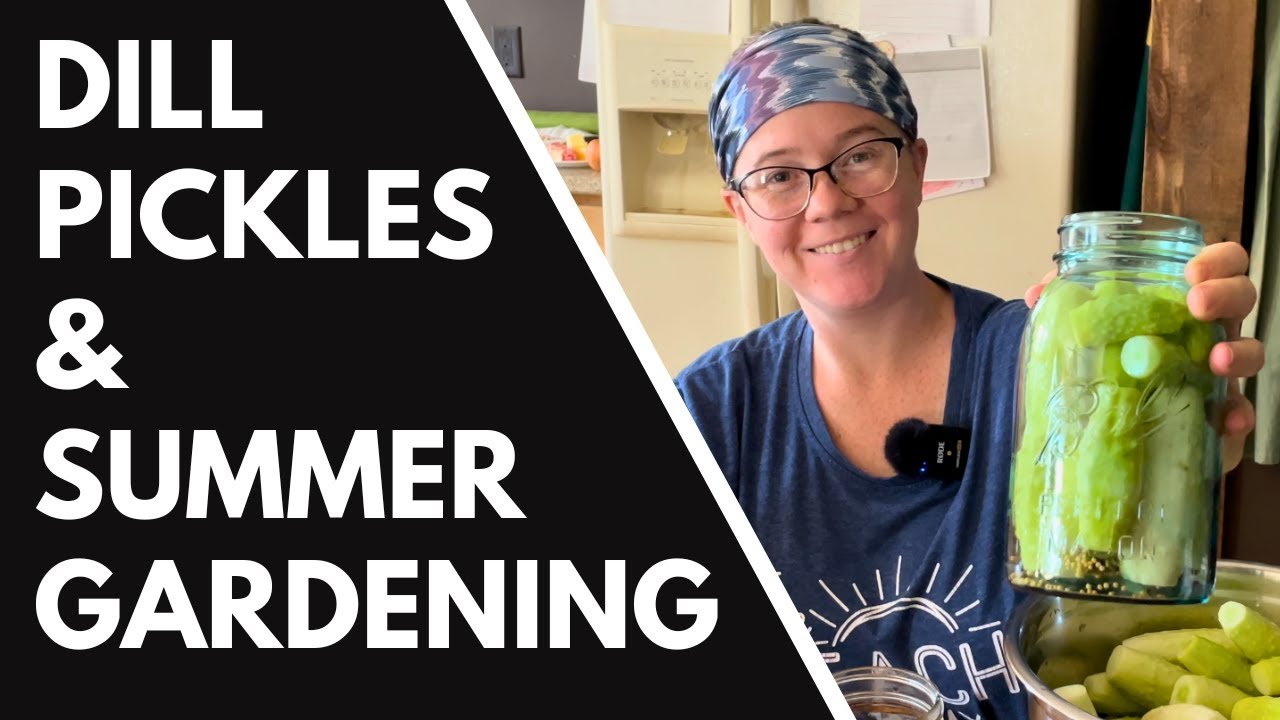How to Spot Misinformation in the Digital Age
The internet is flooded with real, misleading, and fake news. It’s a minefield out there, and it’s getting increasingly difficult to separate fact from fiction. As a responsible citizen, it’s crucial to be aware of the tactics used to spread misinformation and conspiracy theories.
The Motives Behind Misinformation
Have you ever wondered why someone would spread false information? The answer lies in the benefits they can gain from it. During elections, for instance, certain parties or candidates might spread conflicting information to sway voters. Similarly, propaganda can be used as a tool during armed conflicts, often through official news releases or unofficial channels. Be cautious of common false narratives and keywords, such as mentions of the “deep state.”
A classic example of propaganda
Don’t Let Emotions Cloud Your Judgment
If a news article or social media post evokes strong emotions, take a step back and do some research. Misinformation often spreads because people want it to be true, as it aligns with their beliefs or values. Be aware of your own biases and try to approach information with a clear mind.
Slow Down and Verify
The internet is designed for speed, and social media platforms thrive on quick sharing. However, this can lead to the rapid spread of misinformation. Before sharing a post, take a moment to verify its authenticity. Ask yourself why you want to share it and if it’s worth spreading.
Find Credible Sources
In the age of social media, anyone can be a “journalist.” But not everyone is a credible source. Look for trusted news organizations and fact-checking sites to get the most accurate information. Don’t rely on friends or family members unless they’re experts in the field.
Build Your Own News Ecosystem
With the constant influx of new content, it’s essential to build a list of trusted sources. This could include news organizations, fact-checking sites, and experts in specific fields. This way, you can stay informed without falling prey to misinformation.
A custom illustration of a news ecosystem
Be Cautious of AI-Generated News
Tech companies are pushing AI-powered news aggregation tools, but these can be inaccurate or outdated. In today’s fast-paced news environment, it’s crucial to verify information through multiple credible sources.
Context is Key
Real-time news events can be confusing, with a flood of disjointed information from various sources. Seek out broader context to get a complete picture of what’s happening. Don’t rely on single clips or stories; look for in-depth analysis and reports from trusted sources.
Spotting AI-Generated Images
With AI image generation tools becoming more advanced, it’s getting harder to spot fakes. However, there are still clues you can look for, such as inconsistencies in hands, background images, or inanimate objects.
Verifying Videos and Images
If you’re interested in doing deeper research, start by examining videos and images more closely. Look for multiple edits, odd cuts, or inconsistencies in audio. You can also use third-party tools to check the authenticity of videos.
Fact-Checking Sites are Your Friends
Fact-checking sites and tools can be a huge help in verifying information. While social media platforms have their own fact-checking tools, they might not always catch everything. Use fact-checking sites to get the most accurate information.
A representation of fact-checking


 Photo by
Photo by 









